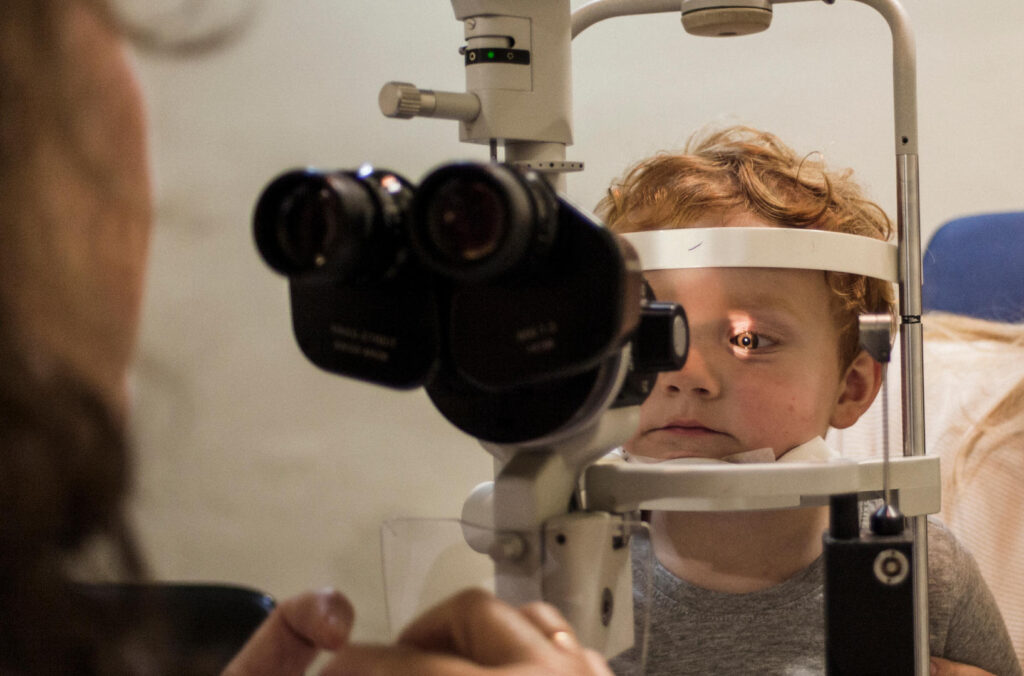
Back to school: the best time for ophthalmological check-ups in children
Regular check-ups at the ophthalmologist allow for early detection of visual problems that can interfere with the learning process of children.
While institutions and teachers discuss the best way to organise the return to school and the next school year, the ophthalmologists of the Miranza group remind us of the importance of eye check-ups in children to avoid additional learning difficulties, both in face-to-face and online classes.
The development and maturation process of the visual system is completed in adolescence. Thus, Dr Alfonso Castanera, a specialist in paediatric ophthalmology and strabismus at Miranza IBO (Palma de Mallorca), states that “regular check-ups in childhood allow for the early detection of those situations in which this maturation process is deviating from normal patterns, so that action can be taken to correct this condition”.
Prepare to go back to school, also at the ophthalmologist’s office
From the first assessments, which should be carried out at school and preschool age, the aim is to identify usual childhood eye diseases (such as lazy eye or strabismus), as well as refractive errors (myopia, hyperopia or astigmatism), which can interfere with learning by causing blurred vision at different distances.
It should be understood that, due to the smaller size of the eyeball in childhood as compared to adulthood and the pattern of visual development yet to be completed, there is a range of values for refractive errors that are physiological or normal. “The task of the paediatric ophthalmologist is to identify those cases, for each age group, where treatment needs to be started”, continues the doctor.
Some symptoms should alert us to vision difficulties in children, such as frequent headaches, reddening or watering of the eyes, problems focusing on or following objects with the gaze, among many others. However, if there are no symptoms, it is also advisable to have regular check-ups.
Annual eye check-ups from pre-school onwards
Miranza IBO reminds us that it is advisable, as long as there is no underlying disease or any symptoms, to have ophthalmological check-ups once a year between the ages of 3 and 10 and every two years for young people aged 11 to 16. The back-to-school period may be the ideal time for this check-up.
Moreover, they also stress the usefulness of having an examination before the first birthday. Castanera explains that, knowing the baby’s visual condition at this time, especially if there is a family history, allows for more efficient scheduling of the pace of assessments necessary to ensure visual health. Furthermore, although some errors cannot be treated yet, it is a good starting point to be able to take measures at the right time as well as to avoid other secondary disorders.
Screens are the enemies of visual health
COVID-19 lockdowns and restrictions have increased the number of hours spent in front of screens, and children are no exception, even more so if online classes are implemented during this back-to-school stage. Eye fatigue, stinging, itching or redness are some of the symptoms related to excessive exposure to screens, which can lead to the appearance or worsening of different disorders associated with near vision activities, such as strabismus and accommodative spasms or myopia.
Dr Alfonso Castanera recommends that restricted schedules be applied to children, with activity periods of 20 to 30 minutes followed by breaks of 10 to 20 minutes. It is also important to keep the ocular surface hydrated using artificial tears, if necessary, and to correct the habit of looking too closely at screens. The doctor advises to intensify and encourage outdoor activities and the practice of outdoor sports to improve visual health and health in general.
